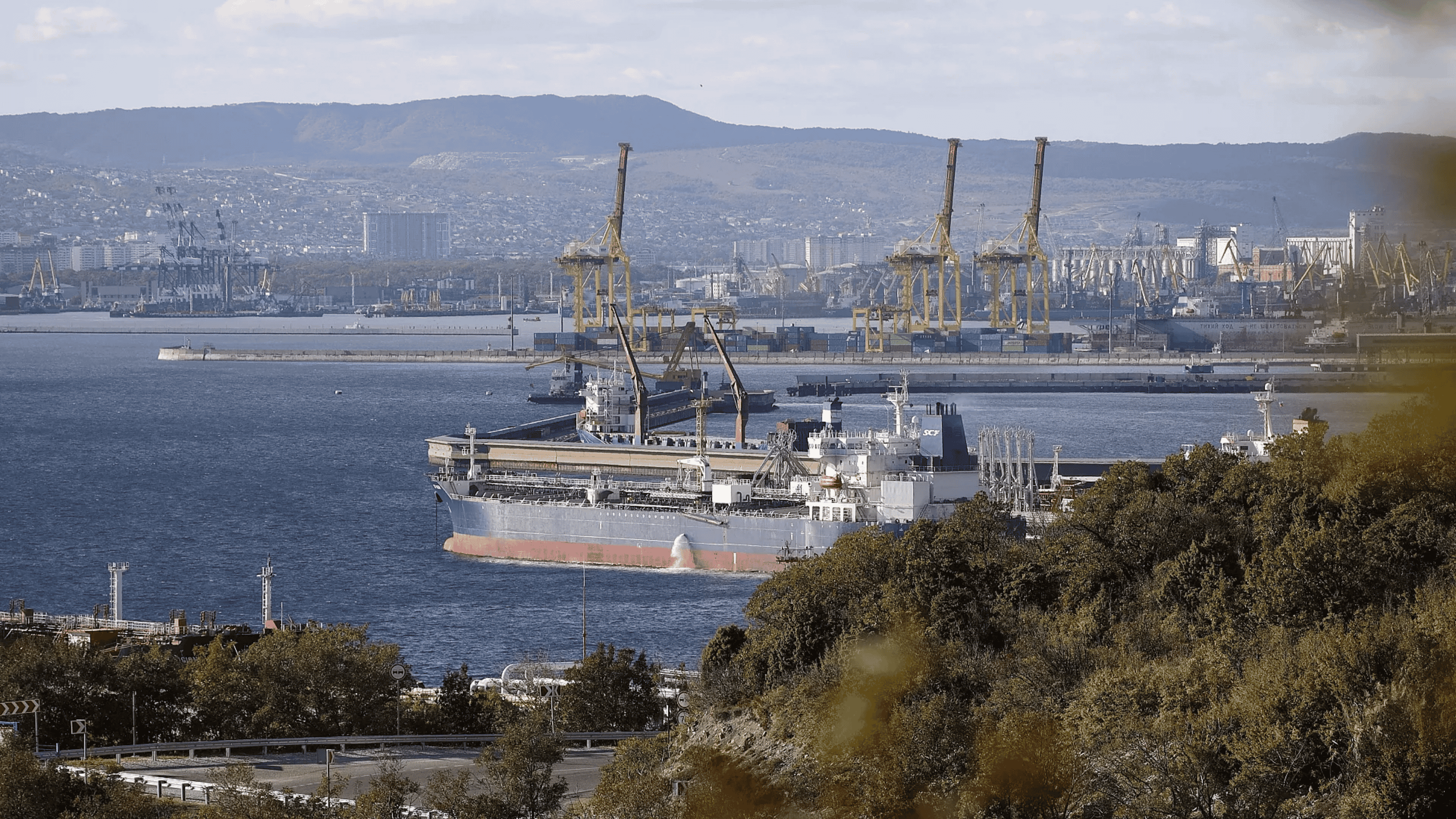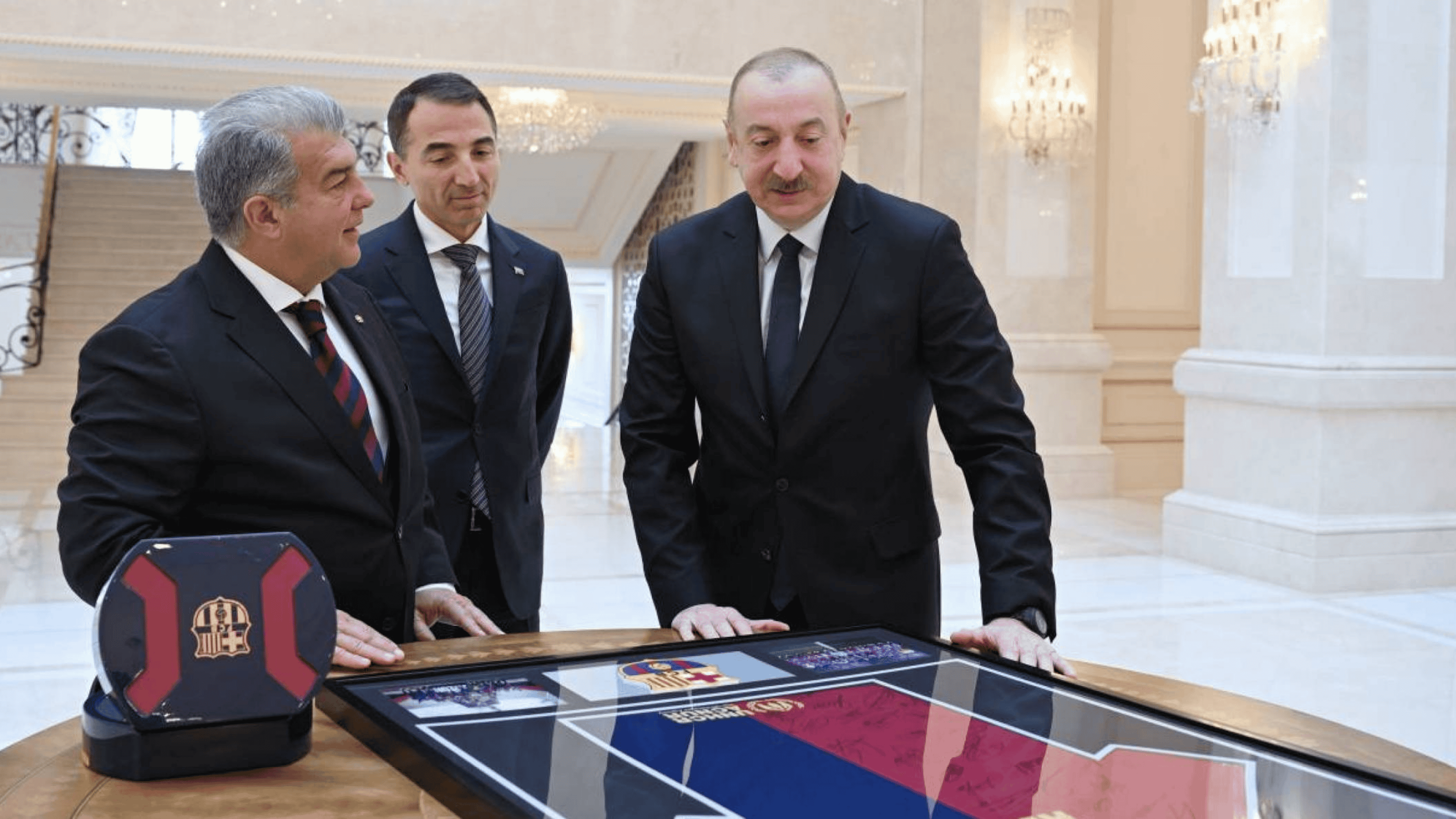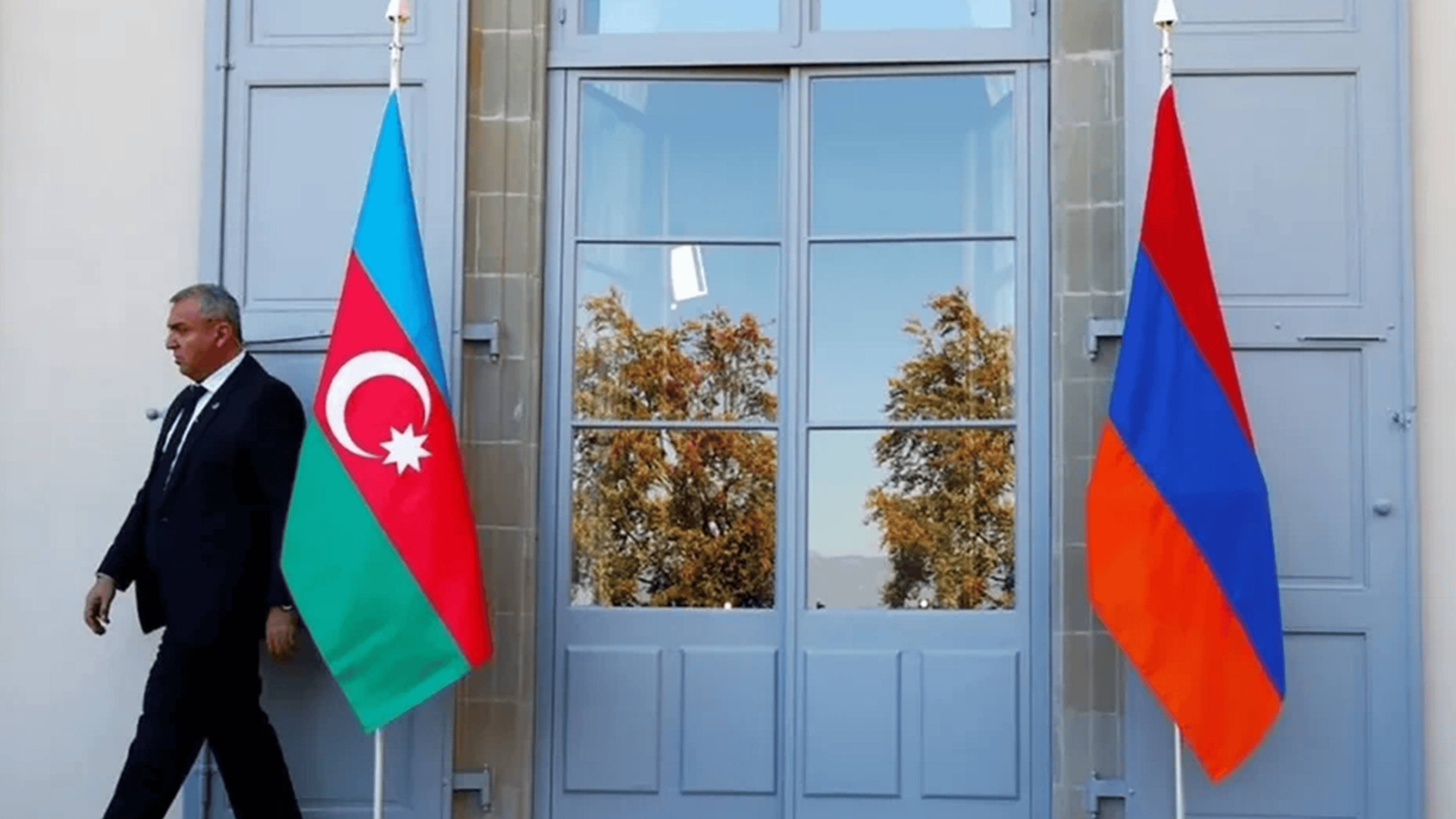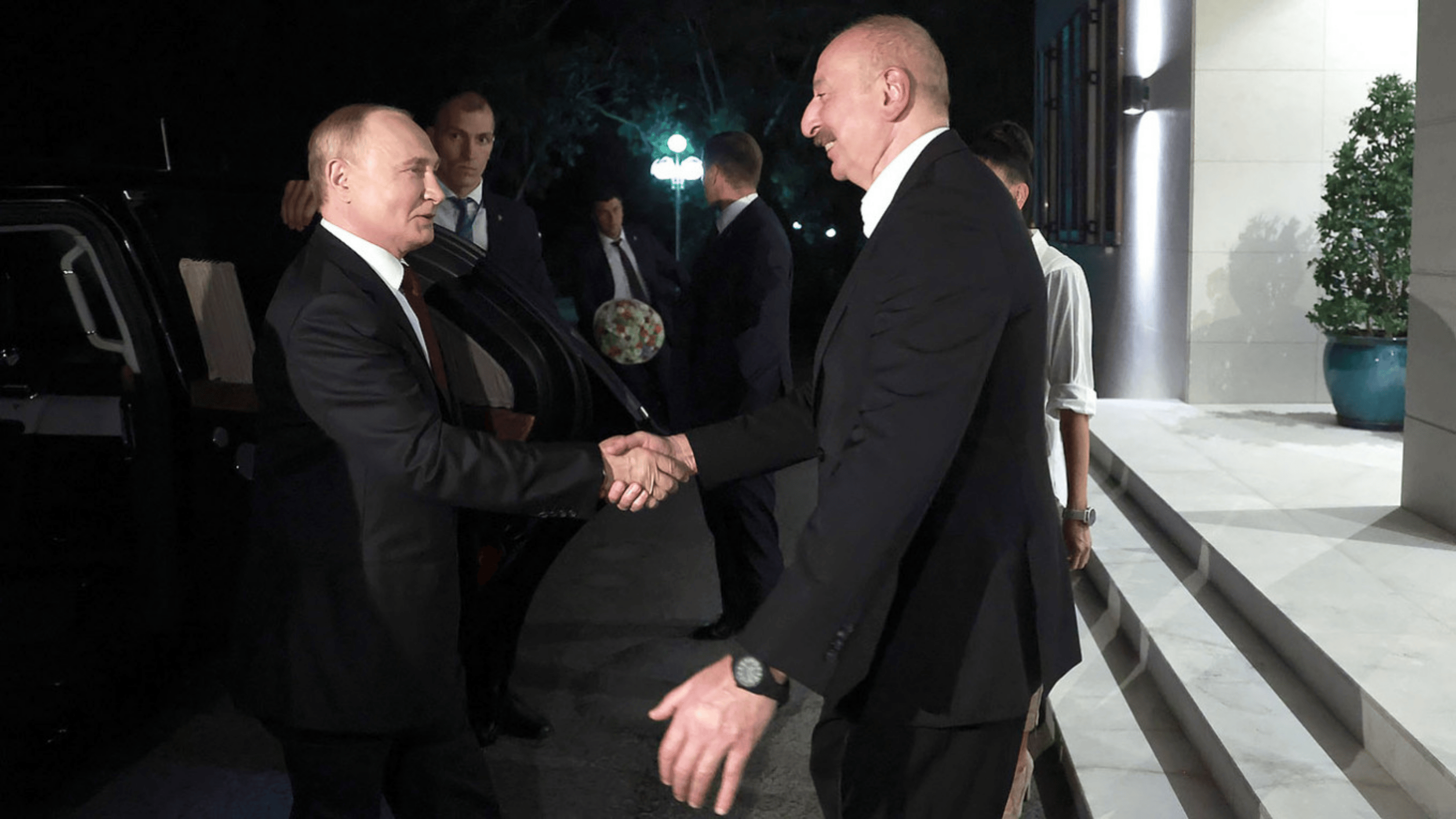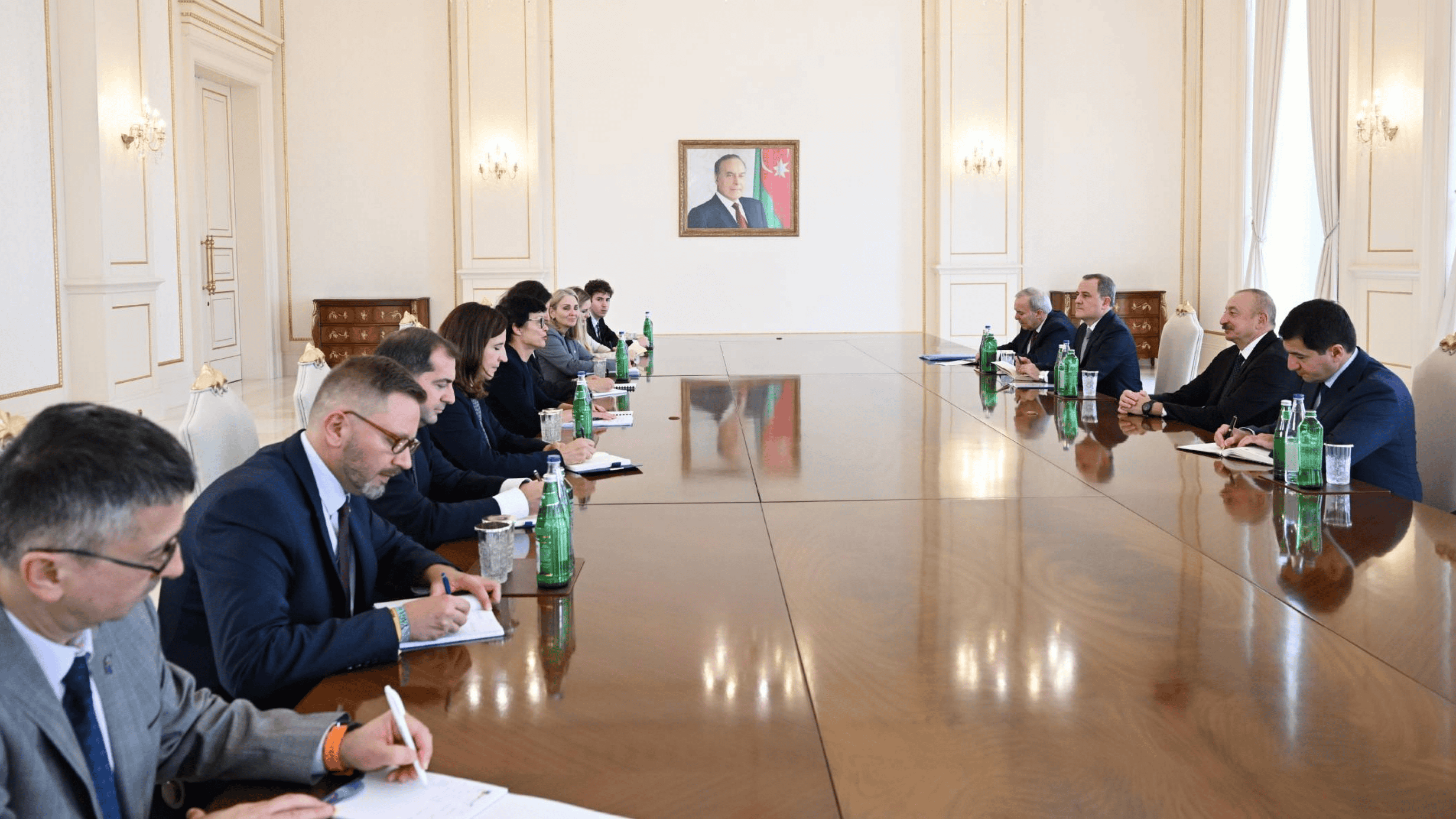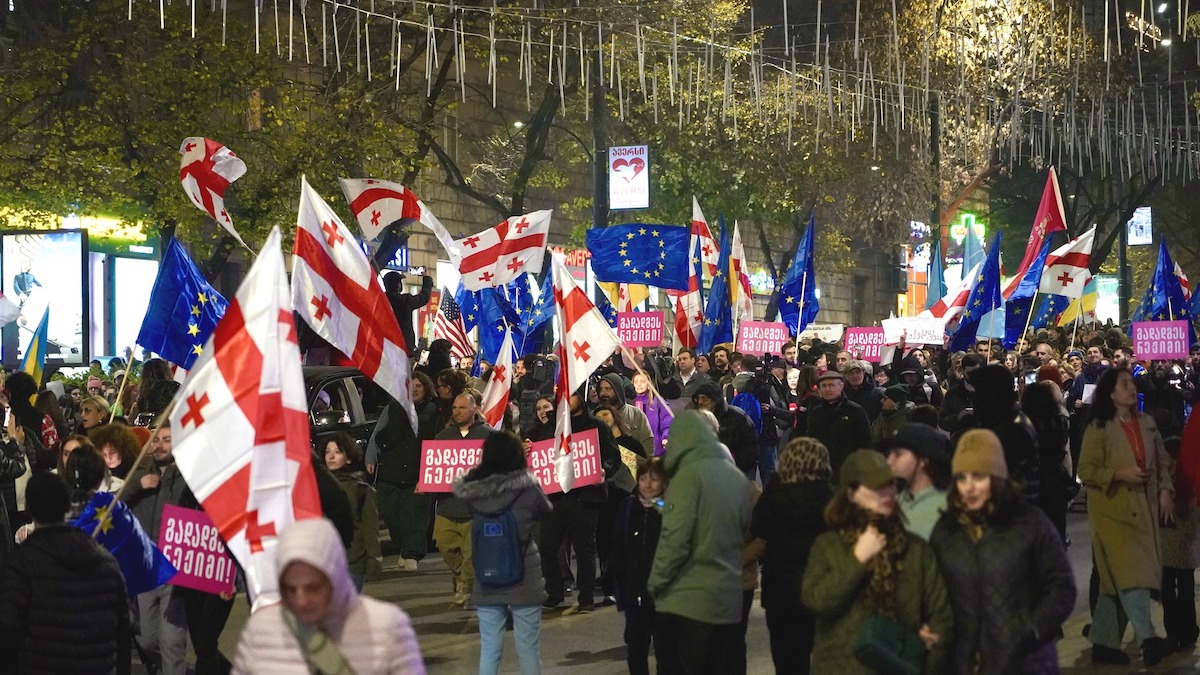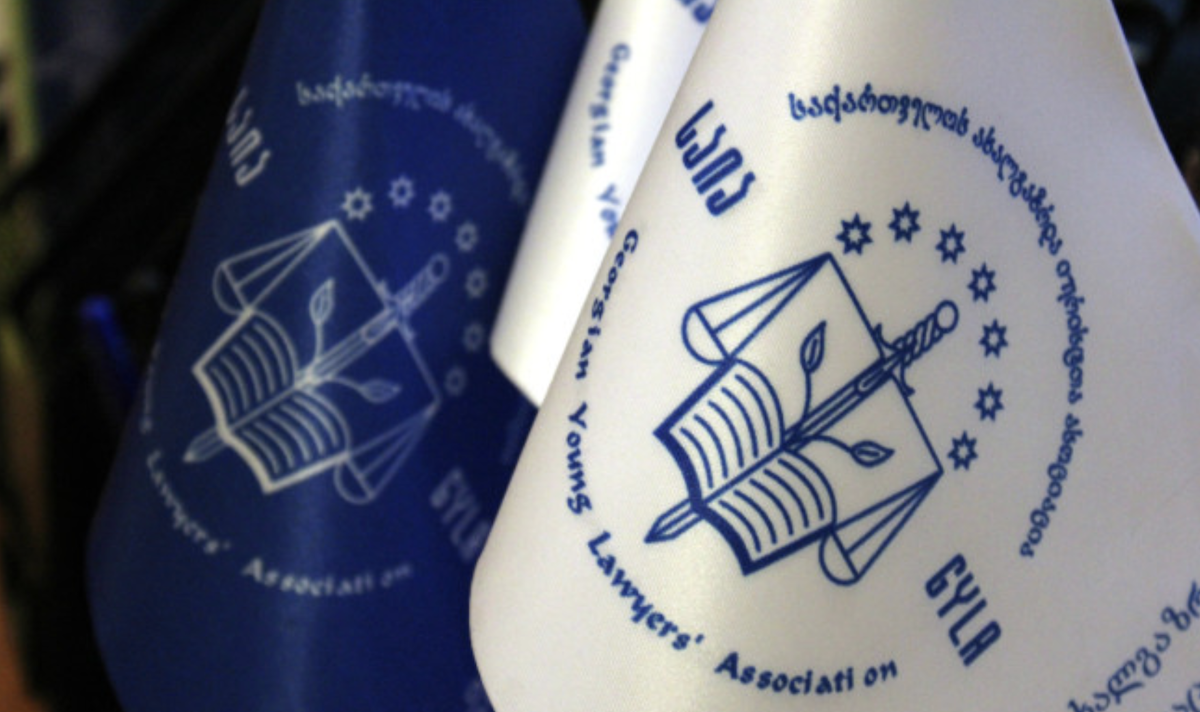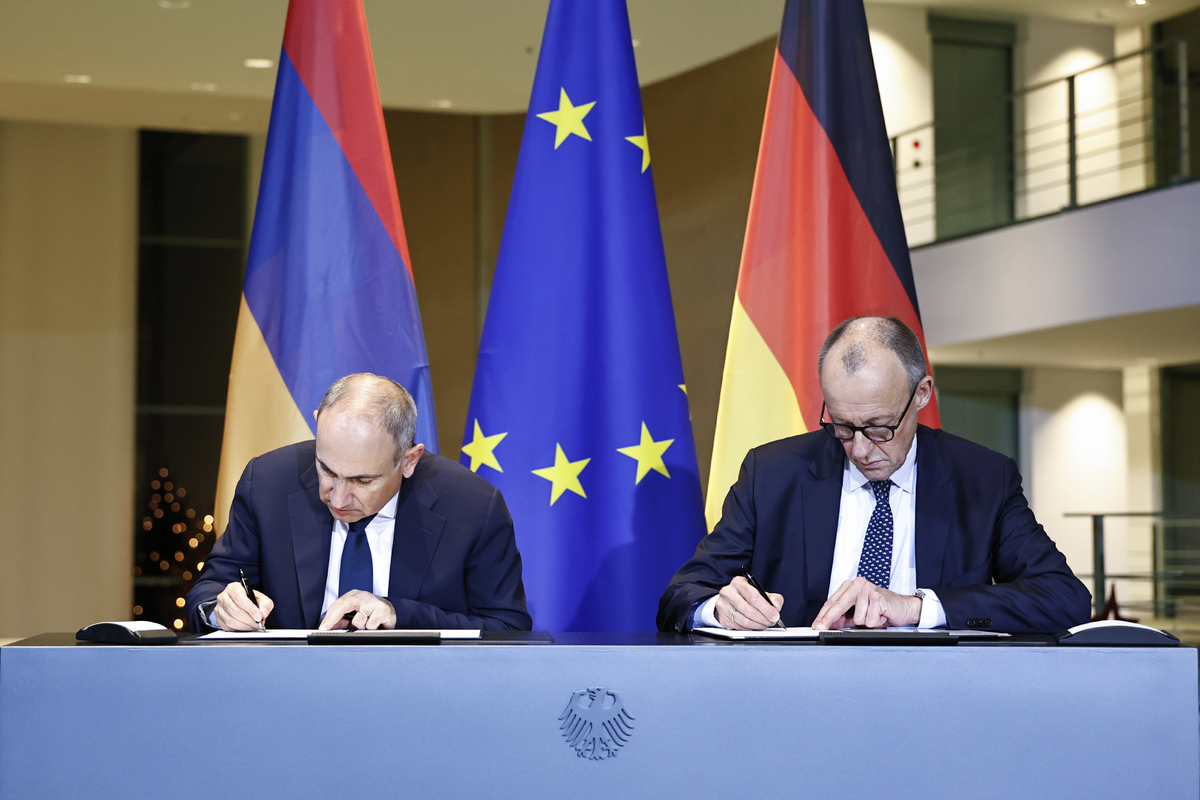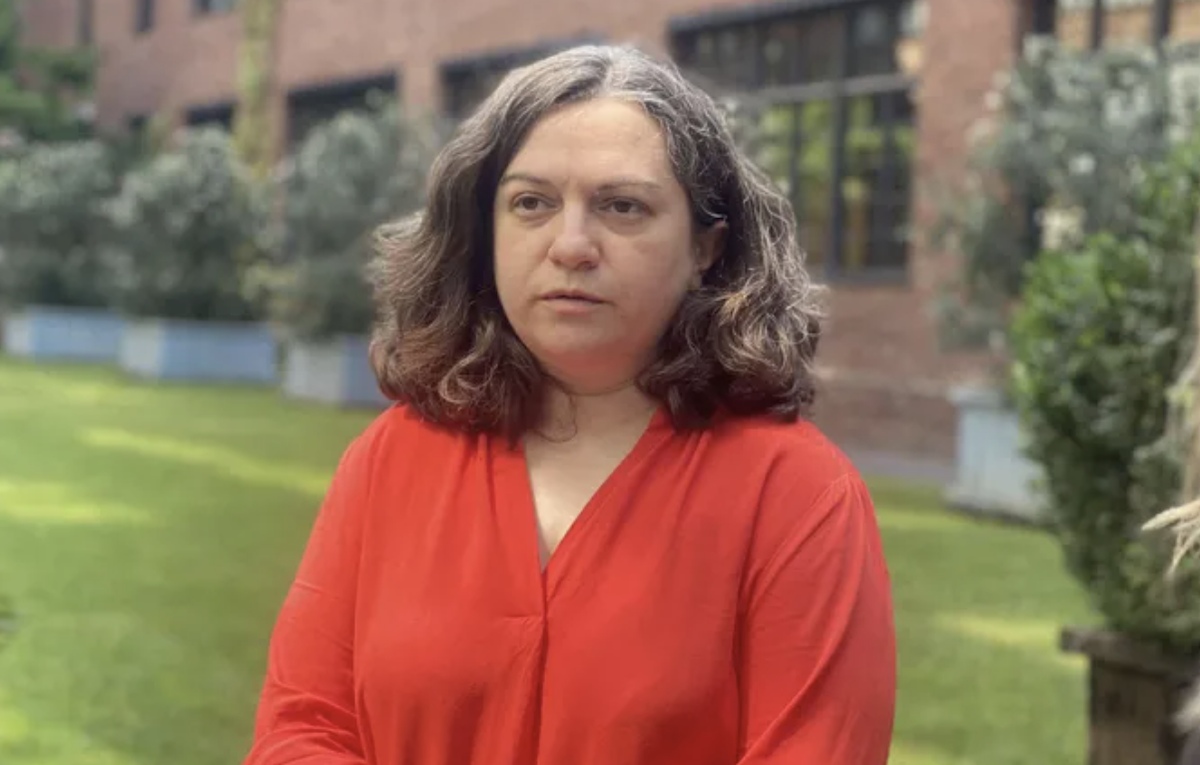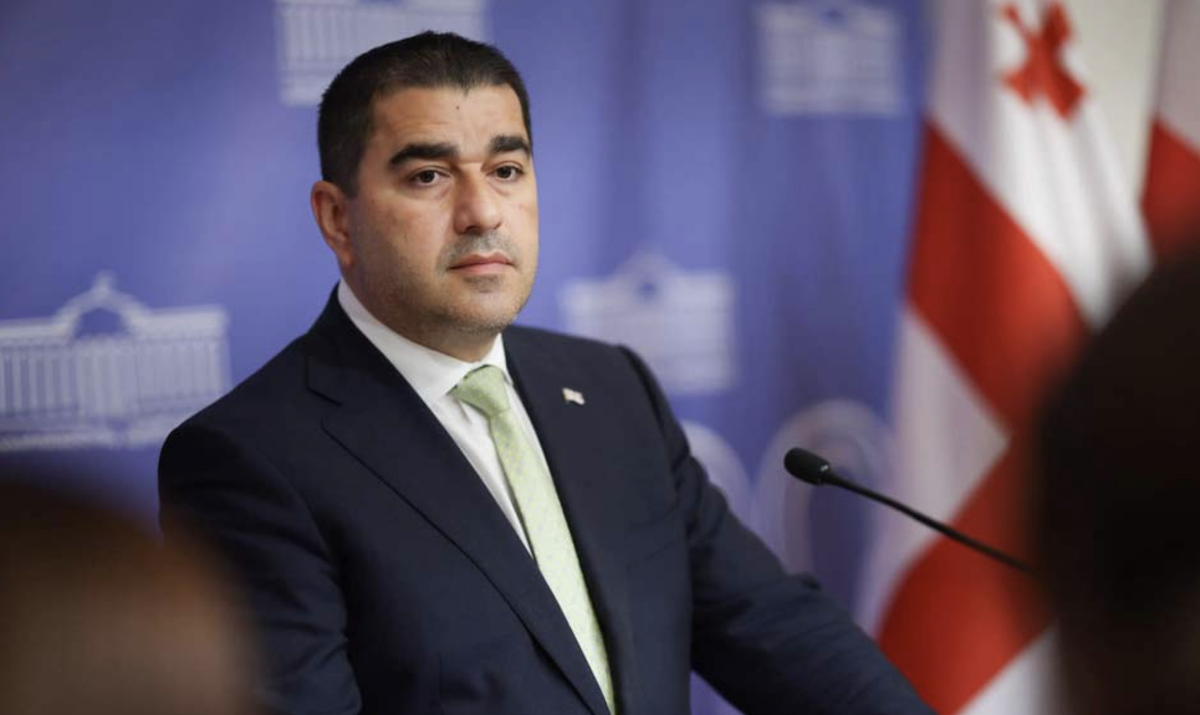Opinion: Council of Europe’s Committee Against Torture arrives in Baku - are relations with Azerbaijan improving?
CPT visit to Azerbaijan
From 22 September to 3 October, a delegation from the European Committee for the Prevention of Torture and Inhuman or Degrading Treatment or Punishment (CPT) visited Azerbaijan.
The statement notes that this was the delegation’s sixth visit to the country.
According to the CPT, the purpose of the trip was to examine the conditions of detention, treatment, and legal safeguards for individuals held by law enforcement, as well as in penitentiary and psychiatric institutions. The delegation also reviewed measures taken by Azerbaijani authorities in response to the Committee’s recommendations from previous visits.
During the visit, meetings were held with several government bodies, and preliminary observations were presented to the Azerbaijani side at the conclusion of the trip.
The latest CPT visit to Baku can be seen, on one hand, as Azerbaijan’s tactical attempt to ease international pressure, and on the other, as evidence that the trust deficit between the parties remains unresolved.
The visit was a crucial test both in terms of the potential restoration of ties with PACE and for assessing the real situation regarding repression and the protection of legal rights within the country.
What does the CPT visit mean?
Unlike other international bodies, the Council of Europe’s Committee for the Prevention of Torture (CPT) is a practical mechanism with a specific mandate. Its work focuses less on producing documents and more on on-the-ground monitoring: inspecting police stations, penitentiary and psychiatric facilities, and speaking directly with detainees.
The sixth CPT visit to Azerbaijan signals a shift toward systematic oversight. The mission’s goal is to examine the conditions, treatment, and legal safeguards of people held under law enforcement control.
However, this visit is more than a technical inspection. It follows a CPT statement from July 2024 suspending cooperation with Azerbaijan, citing the government’s failure to respond to the Committee’s letters, implement recommendations, and its “decisive refusal to engage in dialogue.”
The visit also coincided with Azerbaijan’s suspension of voting rights in PACE and a meeting between President Ilham Aliyev and Council of Europe Secretary General Alain Berset at the UN General Assembly. This timing creates a “double game” on the diplomatic stage: Baku, on one hand, signals willingness to engage, while on the other, it shows no intention of yielding on its positions.
What signal is Baku sending?
For an international audience
By allowing the CPT visit, Azerbaijan is sending European institutions a signal: “we haven’t burned all the bridges.” The move is likely aimed at preventing reputational damage, sanctions, and political pressure in the energy sector.
For Baku, it is also part of a strategy to maintain formal ties with the Council of Europe and avoid complete isolation from the West.
However, the gesture has its limits. After the CPT report was published in 2022 without Azerbaijan’s consent, the authorities “decisively ceased” cooperation with the Committee. That report highlighted that cases of torture and ill-treatment in police stations and detention centres were systemic, and the Ministry of Internal Affairs failed to implement the CPT’s recommendations.
For a domestic audience
Although the visit did not spark widespread public discussion in Azerbaijan, it serves as a showcase of legitimacy for the authorities. The image of “international organizations continue to work with us” helps soften domestic criticism of repressive policies and counters the perception that “no one wants to talk to Baku.”
Echoes of the visit, however, have appeared in recent pro-government media coverage.
The head of Gununsesi.info, journalist Perviz Gashimli, commented after the seventh European Political Community summit in Denmark that “Azerbaijan has fully secured its sovereignty, and ignoring Europe’s demands while maintaining its previous position is no longer possible.”
According to Gashimli, the country’s economy is entering a post-oil phase, and “it cannot be sustained through fines and administrative sanctions.” He argues that Azerbaijan has no other path but Europe, which “runs through genuine democratic reforms.”
Statements like these from pro-government figures carry both economic and political implications. Gashimli notes: “The president is a leader supported by the people, and holding journalists and political activists in detention no longer poses a threat to power.” He believes such cautious steps could yield political dividends for the Azerbaijani leadership both internationally and domestically.
The appearance of these assessments in pro-government outlets is deliberate. Such coverage often reflects subtle shifts in the tone of the authorities and diplomatic signals aimed at restoring relations with Europe.
In this context, the CPT visit becomes an indicator of “warming and expectations of reform,” not only internationally but also domestically. On one hand, it can be seen as an attempt to ease political pressure; on the other, as preparation for restoring Azerbaijan’s mandate at the upcoming PACE session in January.
Root of the problem
Previous CPT reports show that cases of torture and ill-treatment in Azerbaijan are not isolated incidents but reflect a systemic problem.
The 2022 report documented beatings, strangulation, electric shocks, and threats of sexual violence by police officers. The CPT noted that such complaints were numerous and recurring, indicating a problem at the systemic level.
Azerbaijani authorities rejected these claims, calling the report “unfounded and biased.” However, a July 2024 CPT statement highlighted that the Ministry of Foreign Affairs had for years failed to act on the Committee’s recommendations, and its refusal to respond to the CPT chair’s letters constituted an unprecedented breach of the European Convention.
This raises a pressing question:
“After six visits, dozens of recommendations, and public statements, what structural changes have occurred in Azerbaijan, and if none, why do these issues persist?”
CPT public statement and details of the 2022 report
In July 2024, the European Committee for the Prevention of Torture (CPT) took a rare and extraordinary step regarding Azerbaijan: it issued a public statement.
This measure is based on Article 10 of the Convention underpinning the Committee’s work and is used only when a state refuses to cooperate with the CPT or fails to implement its recommendations.
The Committee said the public statement was prompted by Azerbaijan’s firm refusal to engage in constructive dialogue and its unwillingness to address identified problems. In particular, it noted that the CPT President had sent letters proposing high-level meetings in Baku, which went unanswered by official authorities.
The statement highlighted numerous reports of ongoing violence and torture by police against detainees. A 38-page report, prepared after a special visit in December 2022, documented cases of severe physical abuse and torture used to extract confessions.
Reported methods included beatings, kicks, baton and wooden stick strikes, foot beatings (“falaqa”), threats of sexual assault with a bottle, and electric shocks. There were also accounts of pressure and threats directed at detainees’ family members.
Because of the scale and severity of these reports, the CPT took the unprecedented step of publishing the 2022 report without Azerbaijan’s consent—a rare move in the Committee’s history aimed at ensuring transparency and accountability.
In response, Azerbaijani authorities claimed the publication without consultation “violates the requirements of the Convention” and is “unfair.” The Ministry of Foreign Affairs described the CPT’s actions as “unconstructive,” while Milli Mejlis deputy Fazil Mustafa accused the Committee of bias.
The CPT, however, maintains that Azerbaijan is one of the few Council of Europe member states that flagrantly violates its obligations under the Convention.
Diplomatic context: Aliyev-Berse meeting and ‘restoring ties‘
During the CPT delegation’s visit to Baku, President Ilham Aliyev met with Council of Europe Secretary General Alain Berset on the sidelines of the UN General Assembly. The meeting held symbolic diplomatic significance, marking the first in-person discussion between the two sides in a long time.
The visit and the meeting are seen as complementary gestures: Baku aims to show it has not entirely severed dialogue with the Council of Europe. However, the question remains whether this “gesture of restoration” can develop into genuine cooperation.
If Azerbaijan allows the CPT report from the latest visit to be published, it could become a step toward gradually rebuilding trust. Otherwise, the visit’s significance will remain purely symbolic.
What could happen in the coming months?
The Committee’s final report on the visit is expected to be published in early 2026, provided the Azerbaijani government gives its consent.
Two scenarios are possible:
If consent is not given, the report will remain classified. This would signal further distancing of Baku from European institutions, increased political isolation, and the start of new discussions on Azerbaijan’s status in PACE.
If consent is granted, it would send a signal of restored dialogue with the CPT and could lay the groundwork for some easing of relations with PACE.
However, this step will only bring real results if the authorities back it up with concrete actions, including improving conditions for detainees, increasing transparency in investigations, and allowing non-governmental organisations to carry out monitoring.
CPT visit — a genuine start or just a show?
The CPT’s return to Azerbaijan is more than a human rights check—it is a diplomatic test.
The visit will show how Baku responds to international pressure, the direction of its relations with the Council of Europe, and, most importantly, whether Azerbaijani authorities have a genuine intention to implement human rights reforms.
If the government again chooses to withhold the CPT report, it will give the impression not of a “restored dialogue” but of a mere show of cooperation.
If, on the other hand, the report is published, it could mark a first step toward rebuilding trust.
Yet the central question remains:
Is Azerbaijan genuinely rebuilding bridges with the Council of Europe, or just hiding in their shadow?
CPT visit to Azerbaijan










